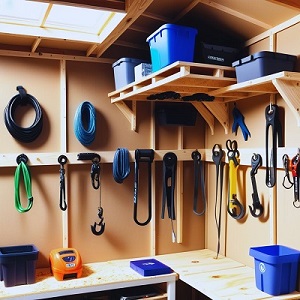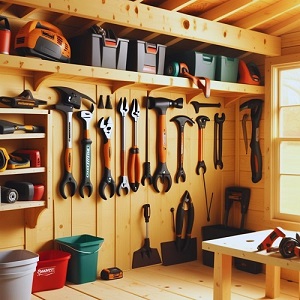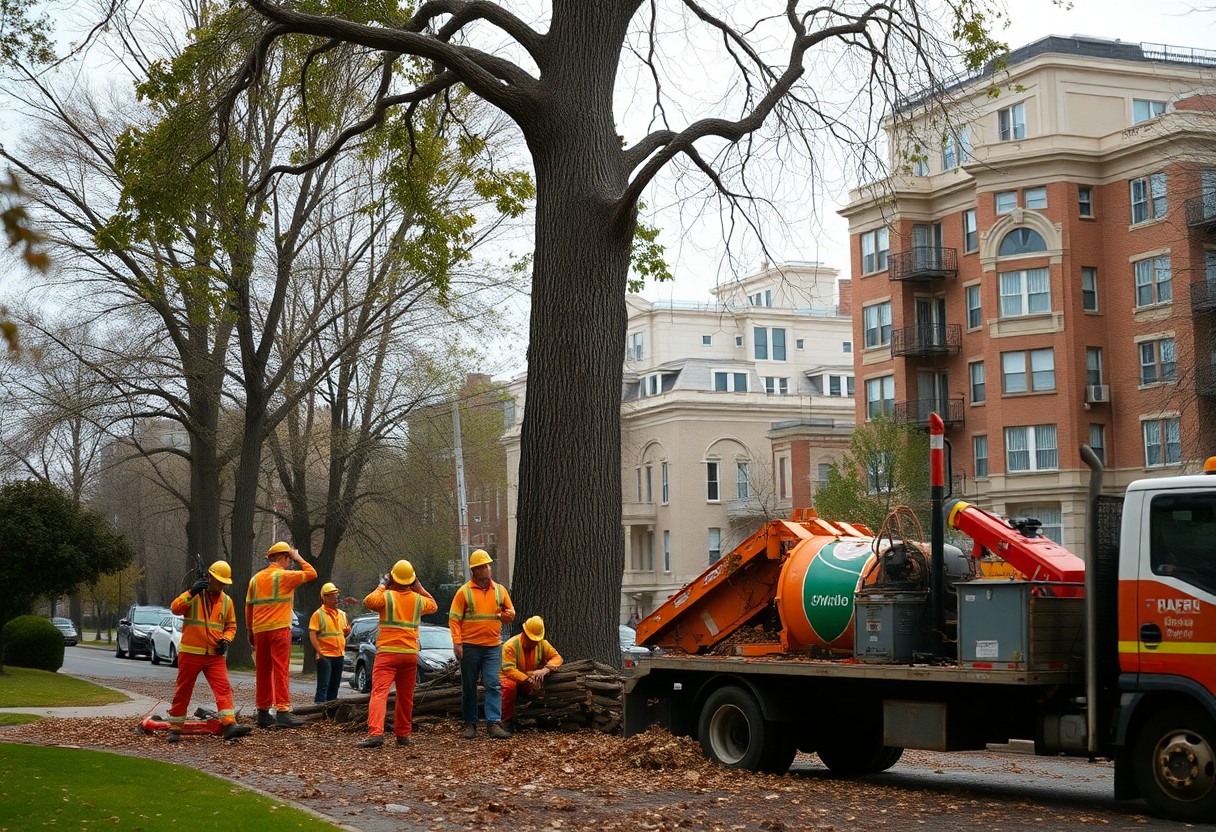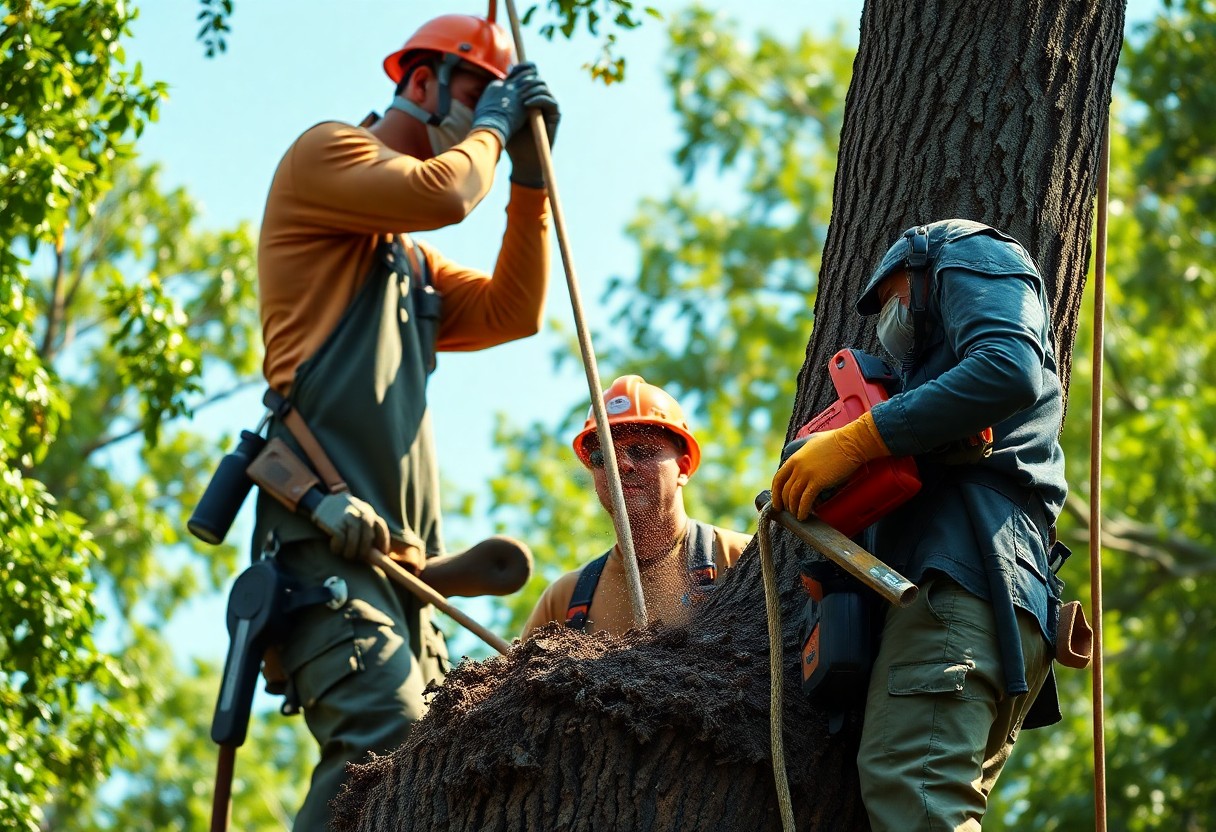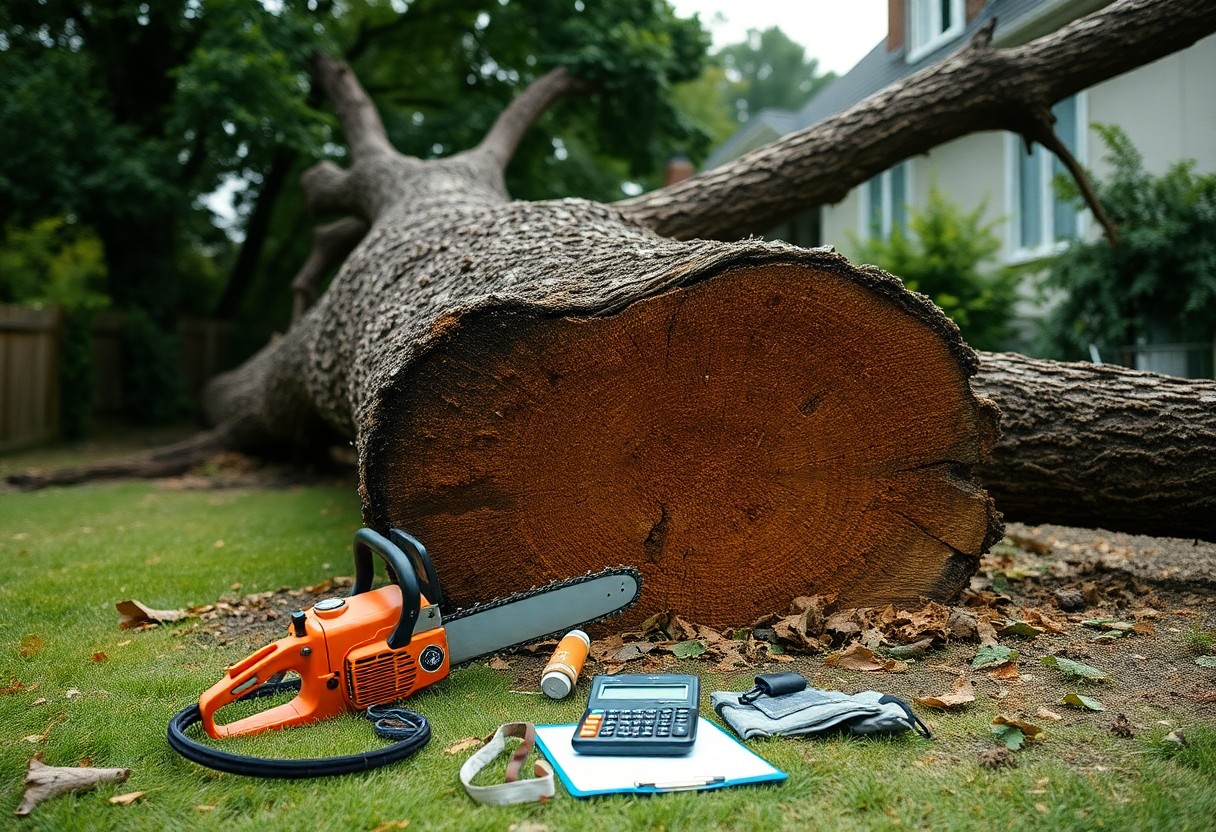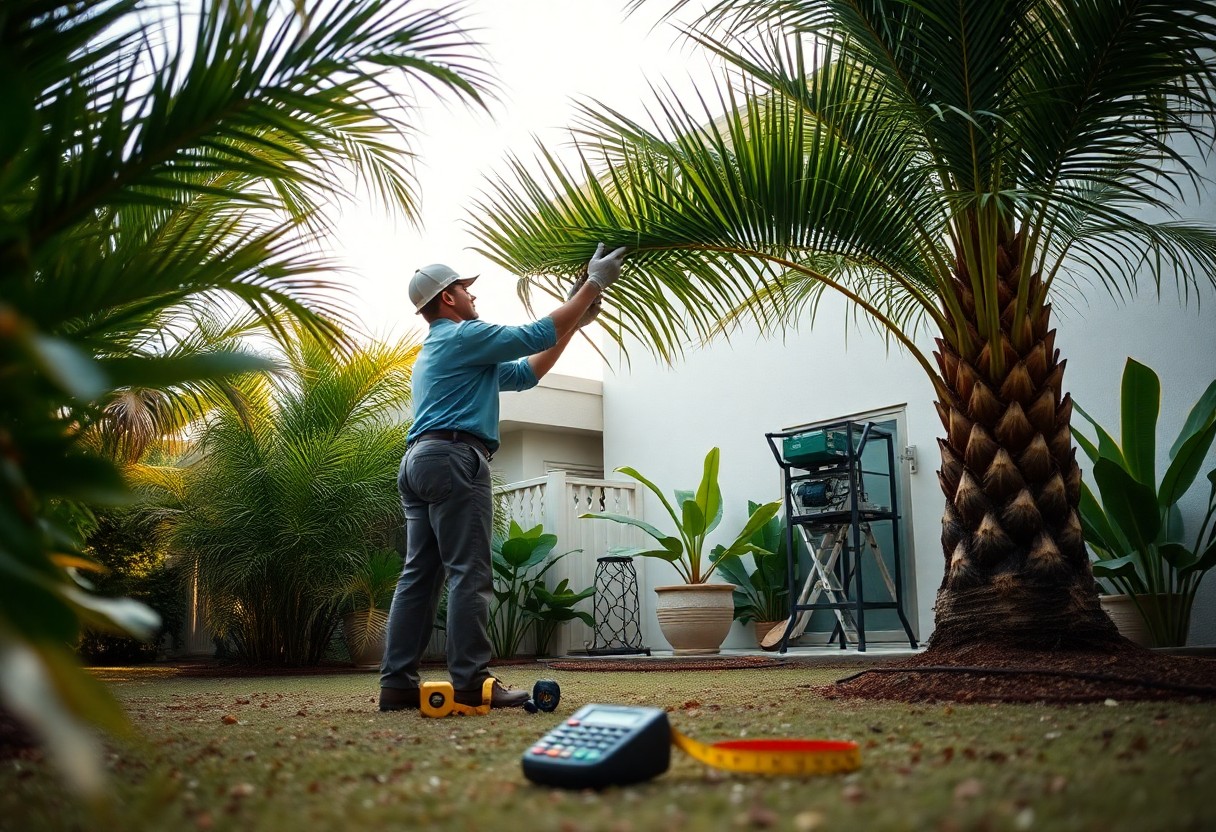Hiding a shed from an HOA (Homeowners’ Association) can be a challenging task. The HOA typically has strict regulations and guidelines in place regarding the appearance and construction of structures within the community.
However, there are times when homeowners may want to have a shed in their backyard for storage or other purposes, but they don’t want to go through the hassle of seeking approval from the HOA.
Abiding by the regulations set by the HOA is crucial, as non-compliance can lead to fines, penalties, or even the removal of the shed. It’s important to remember that the purpose of these regulations is to maintain the aesthetic appeal and uniformity of the community.
While it may seem daunting, there are creative solutions that can help homeowners hide their sheds from the prying eyes of the HOA. By using clever landscaping techniques, strategic placement, and camouflage methods, homeowners can find ways to blend their sheds seamlessly into the surrounding environment.
In the following sections, we will explore various hacks and strategies that can be employed to effectively hide a shed from the HOA.
These solutions will not only help homeowners avoid potential conflicts with the HOA but also allow them to enjoy the benefits of having a shed in their backyard without compromising the overall aesthetics of the community. So let’s dive in and discover how to successfully hide a shed from the watchful eyes of the HOA.
Table of Contents
- What Happens If You Build A Shed Without HOA Approval?
- How To Hide A Shed From HOA?
- Things to Consider For Building A HOA Approved Shed
- Conclusion
What Happens If You Build A Shed Without HOA Approval?
Building a shed without obtaining approval from the HOA can have serious consequences. The HOA has established regulations and guidelines to maintain the uniformity and aesthetic appeal of the community. By disregarding these rules, homeowners risk facing penalties, fines, or even the removal of the shed.
One of the potential consequences of building a shed without HOA approval is receiving a violation notice.
The HOA may conduct regular inspections or respond to complaints from neighbors, leading to the discovery of the unauthorized shed. Upon identification, the homeowner will likely receive a violation notice, outlining the specific violation and the necessary actions to rectify the situation.
In addition to violation notices, homeowners may also face fines for non-compliance. The HOA typically has a set of penalties in place for violations, and these fines can accumulate over time if the issue is not resolved promptly.
The fines can range from a few hundred dollars to several thousand, depending on the severity of the violation and the HOA’s policies.
In some cases, the HOA may require the homeowner to remove the shed entirely. If the violation is deemed significant or if the homeowner fails to address the issue within a specified timeframe, the HOA may take legal action to enforce compliance. This can result in the removal of the shed at the homeowner’s expense.
It’s important to note that the consequences of building a shed without HOA approval can extend beyond financial penalties. Non-compliance with HOA regulations can strain relationships with neighbors and create a negative reputation within the community.
It may also impact the homeowner’s ability to sell the property in the future, as potential buyers may be deterred by the presence of an unauthorized structure.
To avoid these potential consequences, it is crucial to seek approval from the HOA before building a shed. By following the proper procedures and obtaining the necessary permits, homeowners can ensure compliance with the HOA’s regulations and enjoy the benefits of having a shed without facing penalties or conflicts.
In the next section, we will explore various strategies and hacks to effectively hide a shed from the HOA, allowing homeowners to enjoy their backyard storage space while maintaining harmony within the community.
Remember, it’s always better to seek approval and work within the guidelines of the HOA to avoid any unnecessary complications or conflicts.
How To Hide A Shed From HOA?
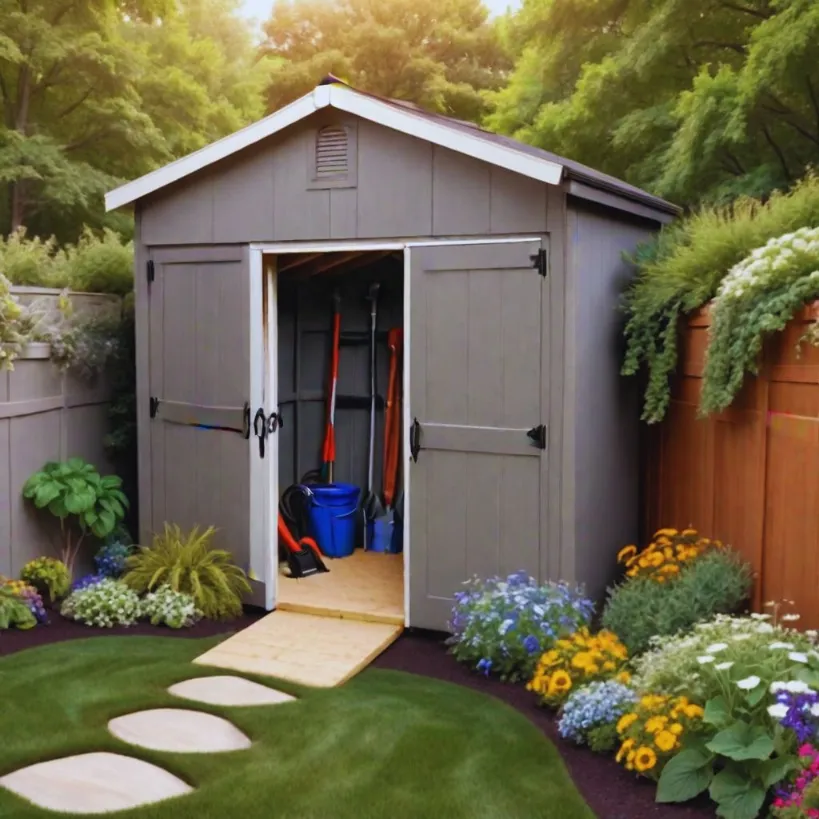
When it comes to hiding a shed from the HOA, there are several strategies and hacks that homeowners can employ to maintain the aesthetic appeal of their backyard while keeping their storage space out of sight. By following these tips, you can ensure that your shed remains hidden from prying eyes and avoid any potential conflicts with the HOA.
Paint in Neutral Colors
One effective way to hide a shed from the HOA is to paint it in neutral colors that blend in with the surrounding environment.
By choosing colors such as beige, gray, or brown, you can make the shed less noticeable and seamlessly integrate it into the landscape. Avoid bold or vibrant colors that may draw attention and violate the HOA’s regulations.
Build a Privacy Fence
Another option to conceal your shed is to build a privacy fence around it. A well-designed fence not only provides privacy but also acts as a barrier that obstructs the view of the shed from the street or neighboring properties.
Make sure to check the HOA guidelines regarding fence height and materials to ensure compliance.
Plant Evergreens
Strategically planting evergreen trees or shrubs around the shed can help create a natural camouflage. These plants maintain their foliage throughout the year, providing a year-round shield for your shed.
Choose plants that are suitable for your climate and consider their growth patterns to ensure they don’t obstruct any pathways or violate HOA regulations.
Install a Patio
Building a patio adjacent to your shed can serve as a distraction and draw attention away from the structure itself.
By creating an inviting outdoor space with seating, plants, and decorative elements, the focus will shift from the shed to the patio area. This can help divert attention and make the shed less noticeable to the HOA and neighbors.
Disguise!
Get creative and think outside the box when it comes to disguising your shed. Consider using trellises, vines, or climbing plants to cover the exterior walls. You can also add decorative elements such as window boxes, shutters, or outdoor artwork to divert attention and make the shed blend in with the overall aesthetic of your backyard.
Remember, while these strategies can help hide your shed from the HOA, it’s essential to check the specific guidelines and regulations set by your HOA. Each community may have different rules regarding shed visibility, size, and placement. Always seek approval from the HOA before implementing any changes to ensure compliance and avoid potential penalties.
By following these tips and being mindful of the HOA’s regulations, you can successfully hide your shed from the HOA while maintaining a harmonious relationship with your neighbors and community.
In the next section, we will discuss important factors to consider when building a shed that is approved by the HOA. Understanding these considerations will help you navigate the approval process and ensure that your shed meets all the necessary requirements.
[[[how to hide a shed from hoa, can an hoa make you take down a shed]]]
Things to Consider For Building A HOA Approved Shed
When it comes to building a shed that is approved by the HOA, there are several important factors to consider. By understanding and adhering to these considerations, you can ensure that your shed meets all the necessary requirements and avoid any potential conflicts with the HOA.
Size and Height
One of the first things to consider when building a shed that is HOA approved is the size and height restrictions. Each HOA may have specific guidelines regarding the maximum size and height of sheds allowed on the property.
It’s important to familiarize yourself with these regulations before starting the construction process. By ensuring that your shed falls within the approved size and height limits, you can avoid any potential violations and penalties.
Paint, Shingles, and Siding
The materials used for the exterior of your shed can also play a significant role in obtaining HOA approval. Some HOAs may have restrictions on the type of paint, shingles, or siding that can be used.
It’s important to check the guidelines and ensure that the materials you choose comply with the HOA’s regulations. By selecting materials that are in line with the approved standards, you can ensure that your shed seamlessly blends in with the overall aesthetic of the community.
Location
The location of your shed is another crucial consideration when seeking HOA approval. Some HOAs may have specific requirements regarding the placement of sheds on the property.
It’s important to check the guidelines and ensure that your shed is located in an approved area. Factors such as setbacks, distance from property lines, and visibility from the street may all be taken into account. By placing your shed in a location that meets the HOA’s requirements, you can ensure that it is in compliance with the regulations.
Additional Requirements
In addition to size, materials, and location, there may be other specific requirements set by the HOA. These requirements can vary from community to community and may include factors such as architectural style, roof pitch, or even the inclusion of certain features like windows or doors.
It’s important to thoroughly review the HOA guidelines and ensure that your shed meets all the additional requirements specified. By doing so, you can increase the chances of obtaining approval and avoid any potential issues down the line.
Submitting Approval Forms
Once you have taken all the necessary considerations into account and have planned your shed accordingly, the next step is to submit the approval forms to the HOA.
These forms typically require detailed information about the shed, including its dimensions, materials, and location. It’s important to fill out these forms accurately and provide any additional documentation or drawings as required.
By submitting the approval forms in a timely and complete manner, you can expedite the approval process and ensure that your shed meets all the necessary criteria.
By considering these important factors and following the guidelines set by the HOA, you can successfully build a shed that is approved by the HOA.
This will not only help you avoid any potential conflicts or penalties but also ensure that your shed seamlessly integrates into the community’s aesthetic and maintains a harmonious relationship with your neighbors.
Conclusion
Dealing with an HOA’s regulations can be challenging, but with these five easy hacks, you can successfully hide your shed without breaking any rules.
Remember to choose the right shed design, strategically place it, use landscaping, paint and camouflage, or even build a trellis or pergola for added disguise.

